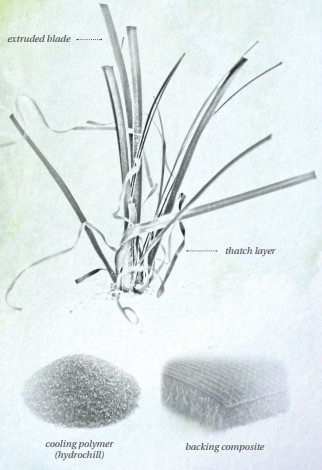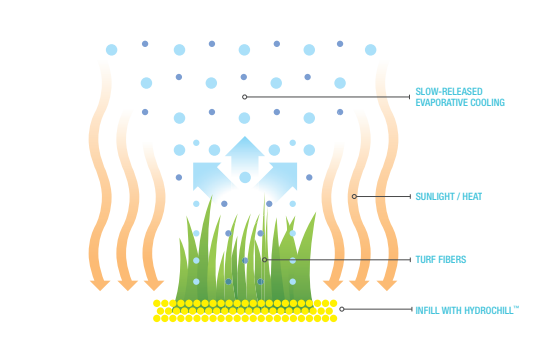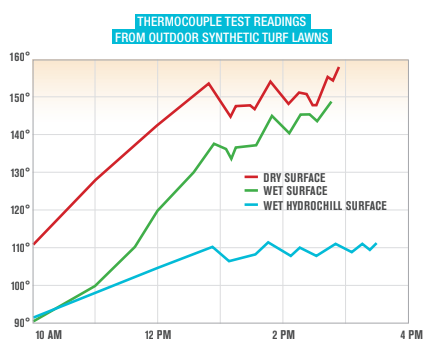It’s more than just artificial grass.
Turf Types
Have you ever been on artificial turf?
Did you stop and think about what manufacturing synthetic turf involves?
It’s fine if you haven’t. Most people probably haven’t.
But, if you are wanting to learn more, here’s our guide for you. Artificial turf can be created with many materials such as nylon, polyester, or varying combinations of both.
Enjoy this comparison guide to learn about the pros and cons of each type of fiber.
NYLON
Pros
- While durability can be affected by denier and yarn composition, nylon is usually stronger in direct comparison.
Cons
- More vulnerable to expansion and contraction.
- Will fade with direct sunlight exposure.
POLYESTER
Pros
- Not as susceptible to expansion and contraction.
- Polyester is less susceptible to UV than nylon.
Cons
- Less durable pound per pound than nylon.
NYLON & POLYESTER
Pros
- Water-resistant properties.
- Less likely to tear.
- Less susceptible to saltwater corrosion and mildew.
Cons
- Nylon and Polyester are flammable. However, each behaves differently in fire; nylon melts before it burns, polyester melts and burns subsequently.
It’s Not Only About Fiber
There are numerous artificial grass manufacturers out there marketing their products. But, we have a little secret for you. One of the most essential elements of synthetic grass is not only what the fiber (grass blades) is composed of. Turf is a whole system that must be done correctly for optimal performance. The following are just some of the ingredients that will set apart a high-quality turf from a low-quality turf.
BACKING
The backing is composed of two layers and then a urethane coating is applied. These items are crucial because they secure the fibers (grass blades) in place, allow water to flow through, and prevent abrasion from the base material.
INFILL
Infill is an important component. It adds time and labor but is the final touch that makes certain your warranty is secure and your project performs well. Infill adds ballast, this makes sure the turf is wrinkle-free and dimensionally solid. It provides further protection to the yarn and backing, aides drainage, and ensures a proper footing.
YARN FIBER
The yarn fiber is made of resins made to solve the twin challenges of durability and softness. Fibers are available in multiple shades and combinations that allow your eye to see a variety of greens. In addition, thatch may be added for further realism.

Keeping Things Cool with Science
One particular product we love is HydroChill™, our patented evaporative cooling technology.
Perspiring is a natural kind of thermoregulation called evaporative cooling. Moisture evaporating from the skin’s surface has a cooling effect. Likewise, HydroChill™ has shown the same ability to cool synthetic turf surfaces by using the same principle of evaporative cooling. As turf surfaces are heated by the sun’s rays, moisture stored in the HydroChill™ turf is released. As the moisture evaporates, it yields a cooler, more comfortable playing surface.

A regular damp lawn will cause some cooling, but temperatures can rise quickly and can surpass comfortable levels of heat. A HydroChill™ lawn has demonstrated the ability to create a sizeable temperature differential in real-world applications. Based on actual lab and outdoor lawn thermocouple testing, HydroChill™ has achieved 30° to 50° lower surface temperatures versus a typical synthetic turf system.

Less Work. More Play.
Southwest Greens isn’t just a product, it’s also a solution. One that utilizes much less water each year, significantly reduces the impact on mother nature, and requires far less maintenance. All of which gives you the option of less work, more play.
